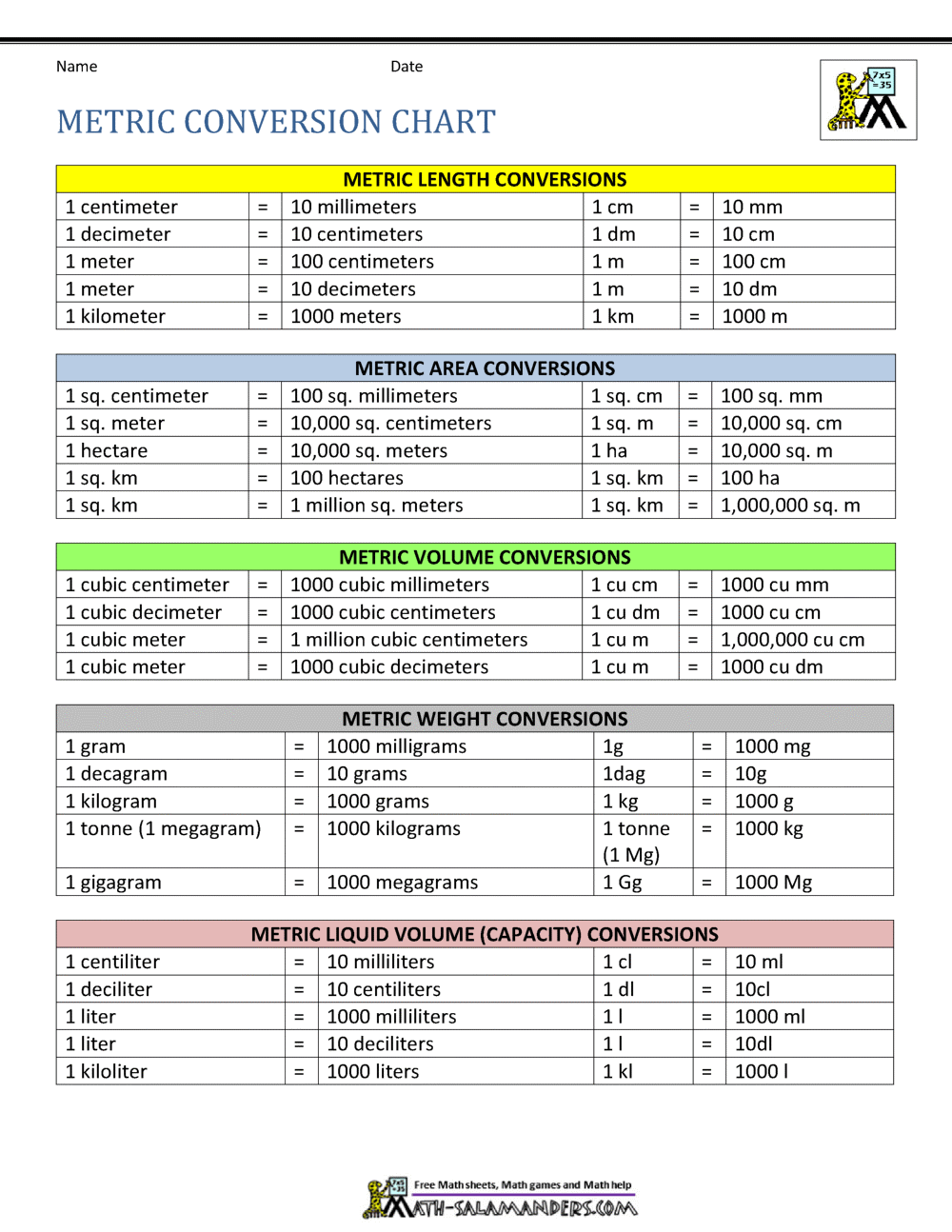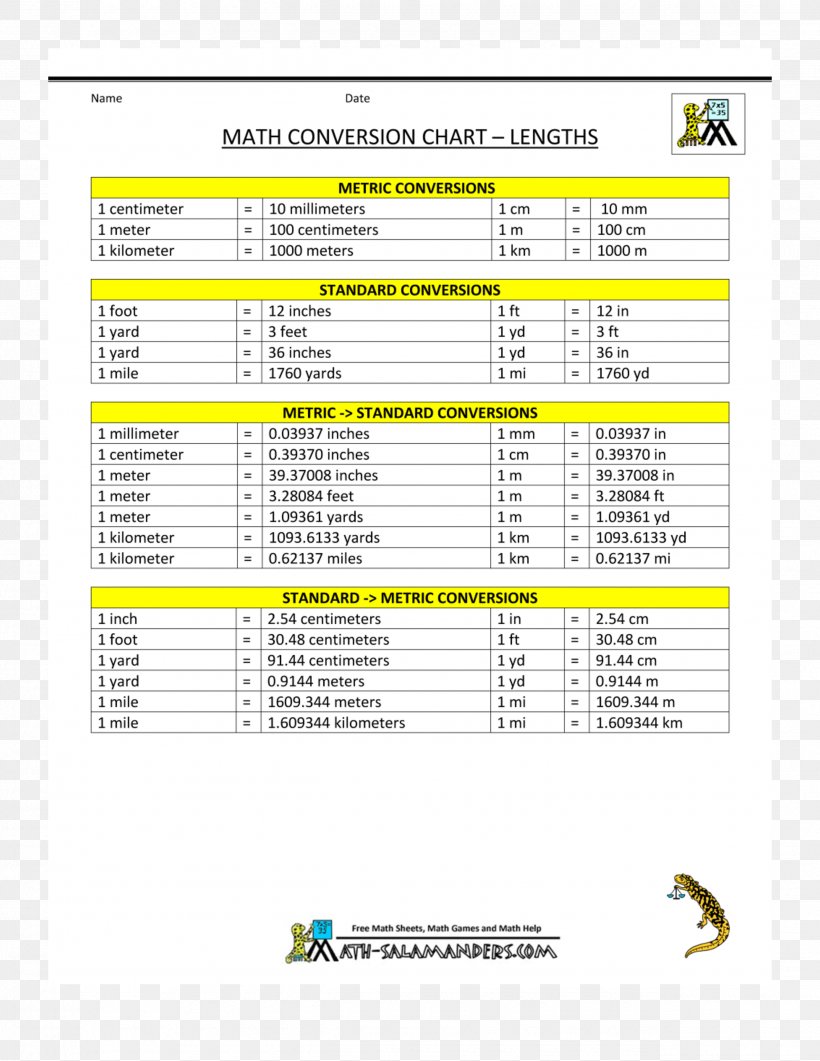Why Are We Still Talking About Conversion to the Metric System?
It’s a question that has perplexed schoolchildren and scientists alike: why are some countries still grappling with the conversion to the metric system? While a large portion of the world seamlessly measures in liters and kilometers, a few holdouts, most notably the United States, remain stubbornly attached to their ounces and miles.
This isn’t just a matter of national pride (though that certainly plays a role). The continued use of the imperial system, particularly in the US, has real-world implications. Industries like manufacturing, science, and even education grapple with the inefficiencies and confusion of juggling two disparate measurement systems.
The metric system, with its elegant base-ten structure, offers a simplicity that the imperial system, with its seemingly arbitrary units, simply can't match. A liter of water weighs a kilogram—a neat and logical relationship. Meanwhile, a gallon of water weighs... well, it depends on who you ask and what kind of gallon they're using.
The origins of the metric system can be traced back to 18th-century France. The French Academy of Sciences, seeking a universal standard of measurement, developed a system based on the meter, which was defined as one ten-millionth of the distance from the North Pole to the equator. This decimal system, with its easy conversions between units, quickly gained traction and was formally adopted by France in 1799.
The metric system's inherent logic and ease of use have led to its near-universal adoption. It’s the system used in international trade, scientific research, and even Olympic sports. Yet, the US, despite flirting with metrification throughout its history, remains a metric holdout, clinging to its inches and Fahrenheit.
One of the most compelling arguments for metric conversion is its potential to streamline communication and trade. In a globalized world where goods and information flow freely across borders, a shared language of measurement is critical. The current situation, where US companies must often navigate both metric and imperial units, can lead to costly errors, production delays, and confusion in the supply chain.
Beyond the economic benefits, there’s a strong case to be made for the metric system's elegance and simplicity. For students, particularly those in STEM fields, grappling with the often-convoluted conversions of the imperial system can be a frustrating barrier to learning. Imagine a world where children could grasp the relationship between volume, weight, and length without needing to memorize arcane conversion factors. That's the promise of the metric system.
While the road to full metric adoption in the US might seem long, there have been glimmers of progress. Many industries, particularly those with a global reach, have already made the switch. And while a full-scale government-mandated transition is unlikely in the near future, continued advocacy and education about the benefits of the metric system can help shift public opinion and pave the way for a more rational, efficient, and globally integrated system of measurement.
Advantages and Disadvantages of Conversion to the Metric System
Switching to the metric system is a complex issue with both pros and cons. Here's a closer look:
| Advantages | Disadvantages |
|---|---|
| Simplified measurements and calculations. | Initial cost and effort of conversion. |
| Reduced risk of errors in science, engineering, and medicine. | Resistance to change and potential public confusion. |
| Easier international trade and collaboration. | Need for retraining and retooling in some industries. |
Despite the challenges, the potential benefits of embracing the metric system are significant. From streamlining industries to fostering global collaboration, the move to a universal system of measurement offers a path to greater efficiency, accuracy, and understanding.
Bass boat towing mastering the art of truck and boat pairings
Desperados beer buy online your ultimate guide
Unlock creativity the power of simple colorful borders














